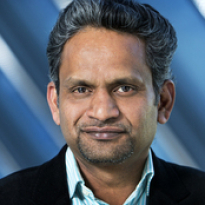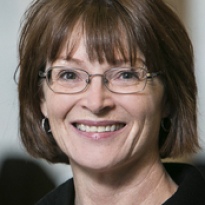Inorganic chemistry
Inorganic chemistry
Inorganic chemistry specialises in studies on the synthesis and behaviour of inorganic and organometallic compounds. Within the field of inorganic chemistry, there is a particular emphasis on the synthesis, chemical reactions, molecular structures and properties of new inorganic and organometallic compounds and analysing their application such as energy storage, sensing, catalysis, and anticancer and antibacterial agents. The development of new methodologies, which allows the synthesis of highly functionalised inorganic materials with predictable properties, is also important.
The research groups work on diverse projects in inorganic chemistry, but the main emphasis is on bioinorganic, organometallic, and supramolecular chemistry and their application in catalysis and medicinal chemistry.
Supramolecular- and bioinorganic chemistry
Our group focuses on synthesising and characterising metal-based compounds such as coordination complexes and metal-organic frameworks (MOFs) and evaluating their potential applications in sorption studies, anion recognition, catalysis, and anticancer agents. We are developing new methodologies for synthesising inorganic compounds, which are not achieved by the traditional routes. For example, we use supramolecular gels as reaction media for inorganic compounds and crystalising media for active pharmaceutical ingredients (APIs).
Contact: Dr. Krishna K. Damodaran

Incorporation of isotopes into molecuels
- Efnasmíðar á molybdenum brennisteins komplexum og rannsóknir á efnahvataeiginleikum þeirra við flutning brennisteins til síaníðs.
- Hvarfhraðamælingar á skiptihvörfum og á hvötuðum hvörfum.
- Efnasmíðar á peptíð komplexum og efnaeiginleikar þeirra.
- Fjölliðanir á skautuðum ómettuðum efnum í samleitar og misleitar fjölliður.
Contact: Sigríður G. Suman

Facilities and instruments
- Bruker Avance 400 MHz spectrometer for NMR spectra
- Bruker Daltonics micrOTOF-Q mass spectrometer for ESI-HRMS
- JASCO J-1100 CD spectrometer
- Thermo Scientific Nicolet iS50 FT-IR
- Agilent Cary UV-Vis Multicell Peltier
- Bruker D8 venture for SCXRD
- Anton Parr MCR 302 Rheometer
- TA Discovery SDT 650 - Simultaneous DSC-TGA
- GPC system from Wyatt Technology including a Dawn 8 multi angled light scattering detector (MALS), an Optilab differential refractometer, a ViscoStar online differential viscometer and an Agilent 1260 Infinity VWD G7114A variable wavelength detector
- Autopol V Automatic Polarimeter from Rudolf Research Analytical
- CEM 2.0 Discovery microwave reactor
Research group
 |
Krishna Kumar Damodaran |
|
5254846 | krishna [at] hi.is | catalysis and supramolecular gels;;functional properties of coordination polymers/mofs;;anion recognition of biologically relevant compounds;;anticancer drugs;;crystallography;;co2 converstion | Yes | https://iris.rais.is/en/persons/be737482-792a-44cd-9ff2-f5f21c3ae9a8 | Faculty of Physical Sciences |
 |
Sigríður Guðrún Suman |
|
5254779 | sgsuman [at] hi.is | inorganic chemistry;;bioinorganic chemistry;;synthesis;;catalysis;;reaction mechanisms | Yes | https://iris.rais.is/en/persons/dc280640-fc63-47b6-97c3-16a7d32d4e17 | Faculty of Physical Sciences |
